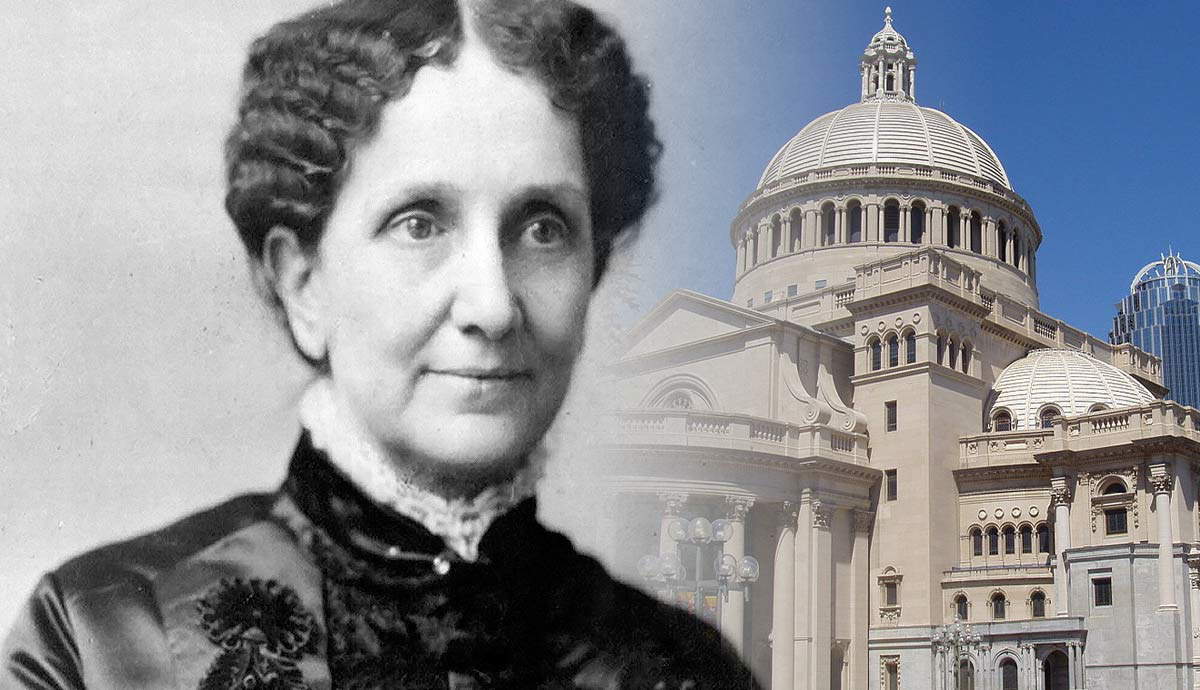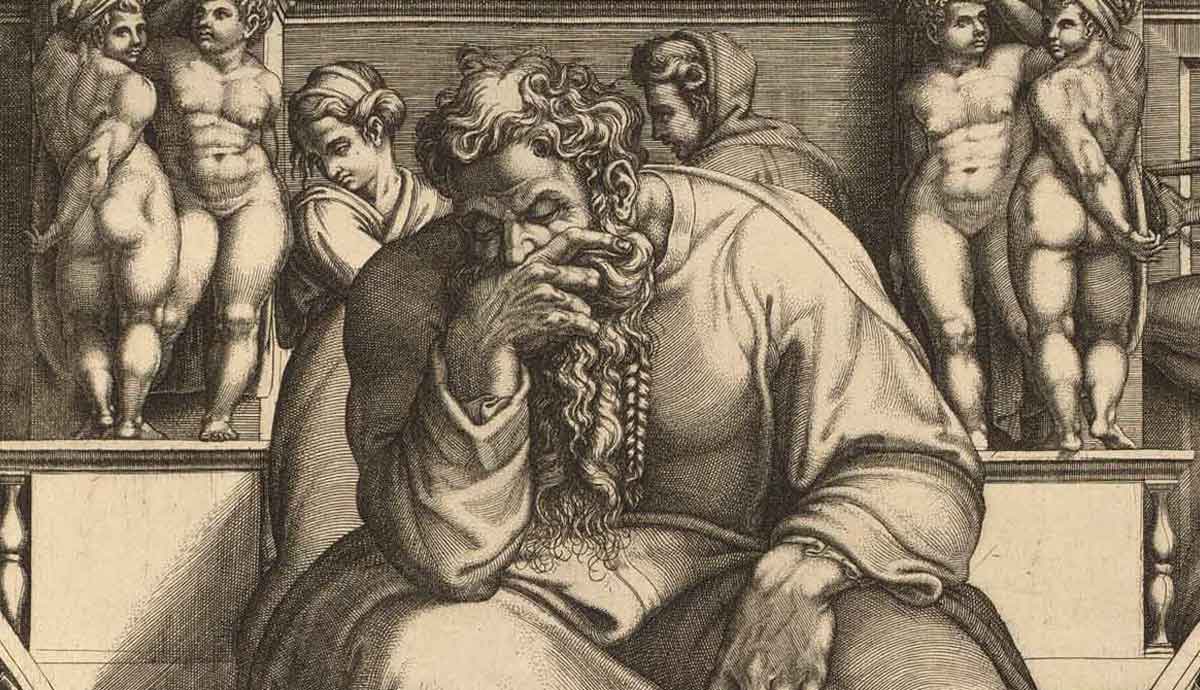
The four living creatures from Ezekiel 1 and 10, and several chapters of Revelation, are some of the most enigmatic beings in all scripture. They appear exclusively in apocalyptic texts, which means interpreting their descriptions and actions involves analyzing symbols. Inevitably, there will be differing views on what their notable physical attributes represent. A closer investigation will show that more than one interpretation is possible, and multiple applications of the symbols may be valid. So, we start by considering the relevant verses and then look at what they could mean.
The Four Living Creatures in Scripture

Ezekiel 1, 10, and several passages in Revelation mention four creatures with strange physical features. The features described in these texts do not always align perfectly, but there is enough correlation to know beyond a reasonable doubt that these two books refer to the same beings. Here are some of the most notable features of these creatures that we will discuss shortly:
Ezekiel 1:5-6
“And from the midst of it came the likeness of four living creatures. And this was their appearance: they had a human likeness, but each had four faces, and each of them had four wings.”
Ezekiel 1:10-11
“As for the likeness of their faces, each had a human face. The four had the face of a lion on the right side, the four had the face of an ox on the left side, and the four had the face of an eagle. Such were their faces. And their wings were spread out above. Each creature had two wings, each of which touched the wing of another, while two covered their bodies.”

Revelation 4:6-9
“… and before the throne there was as it were a sea of glass, like crystal. And around the throne, on each side of the throne, are four living creatures, full of eyes in front and behind: the first living creature like a lion, the second living creature like an ox, the third living creature with the face of a man, and the fourth living creature like an eagle in flight. And the four living creatures, each with six wings, are full of eyes all around and within, and day and night they never cease to say, “Holy, holy, holy, is the Lord God Almighty, who was and is and is to come!” And whenever the living creatures give glory and honor and thanks to him who is seated on the throne, who lives forever and ever.”
For comprehensive information on these creatures, read Ezekiel 1 and Revelation 5:8-14, 6:1-6, 7:11-12, 14:3, 15:7, and 19:4.
Notable Physical Features

Bodies
The four living beings had humanoid bodies (Ezekiel 1:5) with human-like hands underneath the wings (Ezekiel 10:21), and one of the four faces was that of a human (Ezekiel 1:10). Revelation reveals more humanoid characteristics, showing they were intelligent and could speak. They had animal features as well, since “the soles of their feet were like the sole of a calf’s foot” (Ezekiel 1:7).
Wings
According to Ezekiel 1:5, the four living creatures each have four wings. Though ample evidence shows that these creatures are the same as those of Revelation 4:8, the latter records that they have six wings each. The four living creatures from Revelation 4:8 chant the trisagion (“holy, holy, holy”). In Isaiah 6, the prophet has a heavenly vision of the throne room of God. There, he sees six-winged seraphim, and one called out the trisagion to another. This suggests that the four creatures of Revelation are seraphim. “Seraphim” is the plural of the Hebrew word śārāf (שָׂרָף), which means “burning ones.” Only Isaiah mentions the seraphim, an order of angelic beings having the high honor of ministering in the throne room and the immediate presence of God.

Ezekiel, however, calls the beings serving at the throne of God cherubim (Ezekiel 10:15). Several other contextual parallels support the conclusion that the seraphim and cherubim of Ezekiel, Isaiah, and Revelation are the same beings, called by different names. Seraphim, as “burning ones,” may be a descriptive name for cherubs.
Cherubs traditionally also minister in the immediate presence of God, which the ark of the covenant symbolizes, where two cherubim had their wings stretched out over the mercy seat. The shekinah, the glory of God, used to appear between these cherubim (Exodus 25:21-22). In descriptions of these beings, they often cover their faces and feet with two sets of wings as they appear in God’s presence. Though the details on the number of wings differ, the function, area of service, and heavenly nature of these beings overlap.
Eyes
Another notable aspect of the four living creatures is that their bodies are covered with eyes (Ezekiel 1:18, Revelation 4:6, 8). Ezekiel 1:8 says, “the rims of all four were full of eyes all around” and Ezekiel 10:12 reinforces this characteristic, saying, “And their whole body, their rims, and their spokes, their wings, and the wheels were full of eyes all around—the wheels that the four of them had.” Revelation 4:6 and 8 corroborate this observation, claiming they were “full of eyes in front and behind” and “full of eyes all around and within.” These creatures were undoubtedly all-observing.
Faces of the Four Creatures

One notable difference among the four creatures is that one had a face like a man, another that of an ox, and the other two, the faces of an eagle and a lion, respectively. Scholars throughout Christian history have ascribed several different interpretations to these four faces.
Early Church Fathers, like Irenaeus and Augustine, came up with the idea that the faces represent the four gospels. They associated the human face with Matthew, who emphasized the humanity of Jesus in his gospel. Mark was the lion, highlighting the royal authority of Jesus. The ox represents Luke, who detailed the service and sacrifice of Jesus. John and the eagle went together because his gospel focused on the divinity of Jesus. This interpretation was so prevalent that Christian artists often depicted these four gospel writers with their associated creatures.
Some scholars of recent centuries claim the faces have astrological parallels in the Zodiac:
- Taurus – bull
- Leo – lion
- Scorpio – eagle
- Aquarius – man
Their views touch on the work of prior scholars like F. Rolleston (Mazzaroth [Hebrew for Constellations]) and E. W. Bullinger (Witness in the Stars), who posited that the original design and intent of the constellations and zodiac were to convey prophetic truth about the Messiah.

Other scholars have noted the parallels between the four hybrid creatures in Ezekiel and Revelation, and similar depictions in Egyptian, Mesopotamian, and many other cultures of antiquity. Among these pagan hybrids are the Assyrian Lamassu images, the Egyptian Horus and Anubis, and the Greek Centaur and Minotaur, among many others. The primary difference between the creatures from pagan mythology and the biblical creatures is their function. The scriptural versions are dedicated to serving and worshipping a monotheistic God.
In recent decades, theologians have taken an ecological approach to interpreting the four creatures. Some believe that the face of a man represents humanity, the lion untamed creatures, the ox domesticated animals, and the eagle represents birds. In their understanding, the four creatures represent the idea that all of creation owes God worship.
A significant parallel exists between the faces of the four living creatures and the four dominant tribes among the Israelites. When the Israelites camped around the tabernacle, they had to do so in a specific order, with three tribes on each side. Of these four sets of three tribes, the tribes that camped in the middle were Judah, Reuben, Ephraim, and Dan. The standard of Judah was a lion, depicting kingship. Reuben had a human face, depicting humanity or the status of a firstborn; Ephraim was an ox, associated with strength and service, and Dan was associated with an eagle, a symbol of swift judgment or protection. While the Bible only partially supports these associations (Genesis 49:3, 9, Genesis 49:16, Deuteronomy 33:17), the Rabbinic Midrash Rabbah assigns these symbols to each.
The Context and Functions of the Four Creatures

In Ezekiel and Revelation, the four creatures serve near God’s throne and are instrumental in worshiping him. The cherubim of Isaiah align with this function, as do those depicted on the ark of the covenant.
The description of four creatures having eyes all over suggests they have complete awareness, possibly omniscience. The eyes saw all around and inside, suggesting knowledge of the inner being, implying thoughts and intentions. Such beings are ideally suited to judge others since nothing hides from their scrutiny. Considering their presence at the throne of God, the context of judgment in passages that refer to them is not surprising. The theme of judgment is present in Ezekiel 1, 10, and Revelation. The mercy seat is also a place of judgment and forgiveness. These creatures primarily worship God in Revelation, suggesting that worshiping him is the height of justice.
The Four Living Creatures: In Conclusion

The early interpretation of the four living creatures as representative symbols for the gospel authors, or as ecological representations of all creation, seems to miss the depth and significance of biblical symbols and allusions to other parts of the Bible.
Despite some superficial contradictions related to the wings, the correlation between the four living creatures of Ezekiel and Revelation is enough to show that they are the same beings. Though much about their exact identity is subject to interpretation, what is certain is their sphere of service: around the throne of God and in his presence.
They seem to be omniscient beings, as symbolized by the eyes that cover their bodies and look inward and outward. As such, they are the ideal creatures to minister in a context of judgment. It is significant that they, who have the special ability of discernment, choose to worship God. That said, their exact identity remains a mystery.










